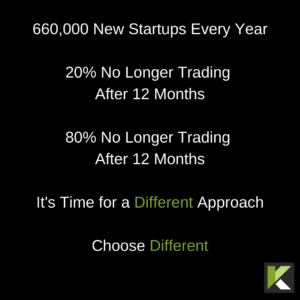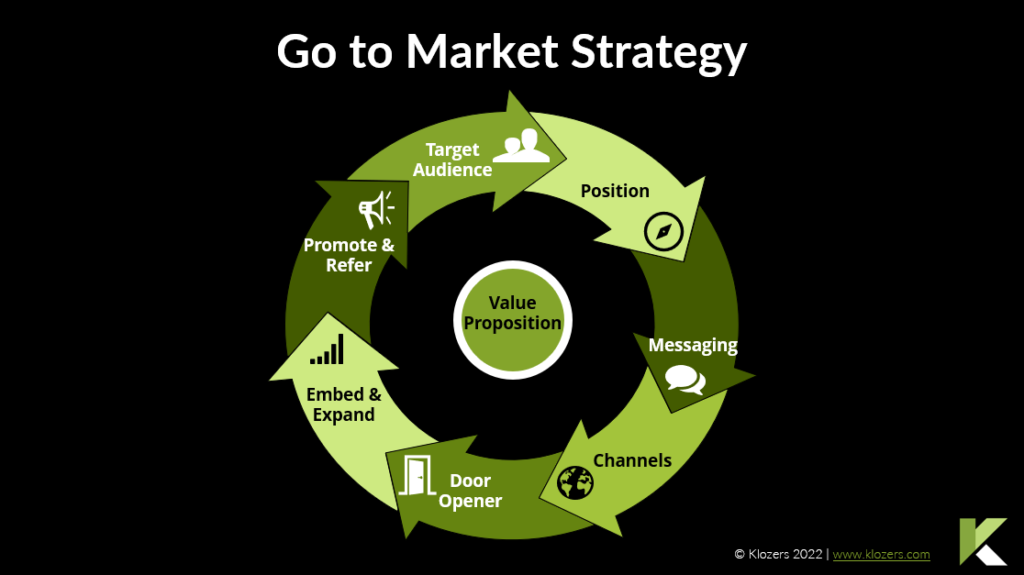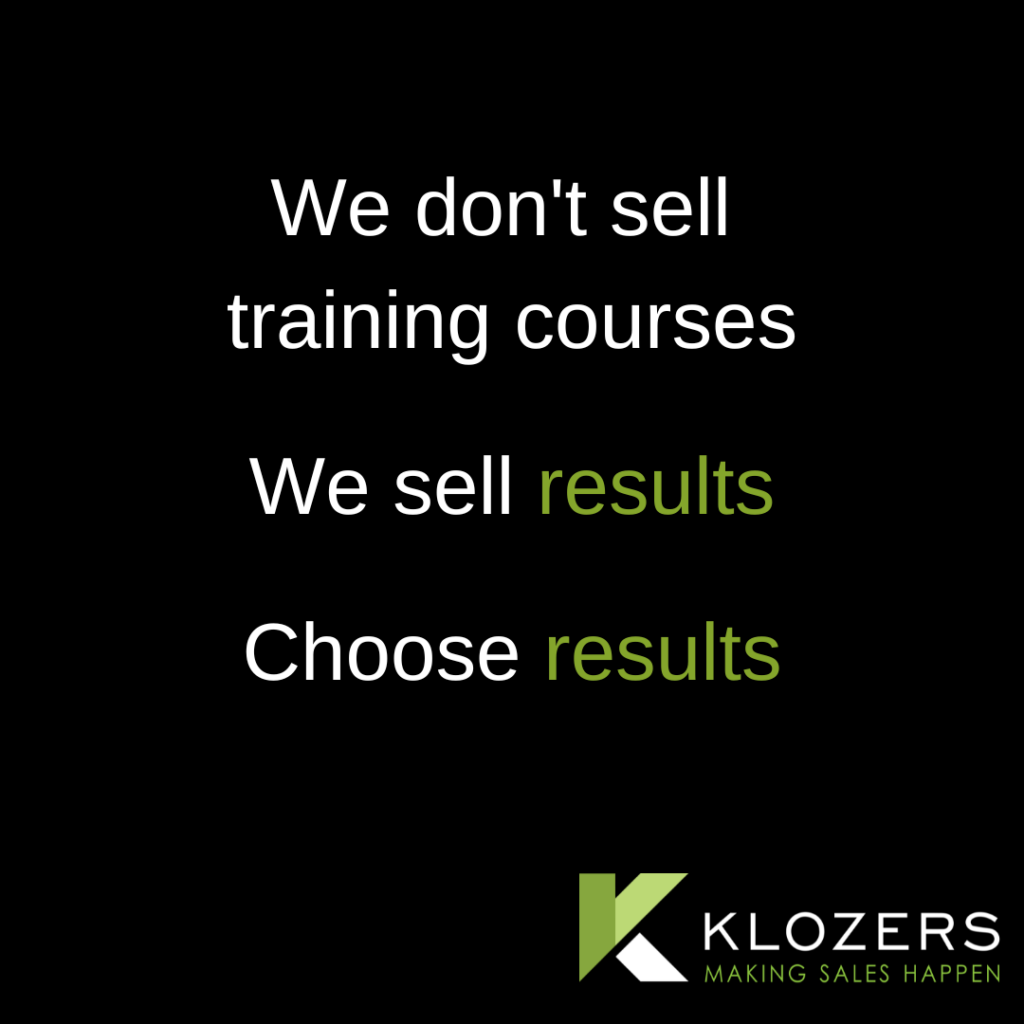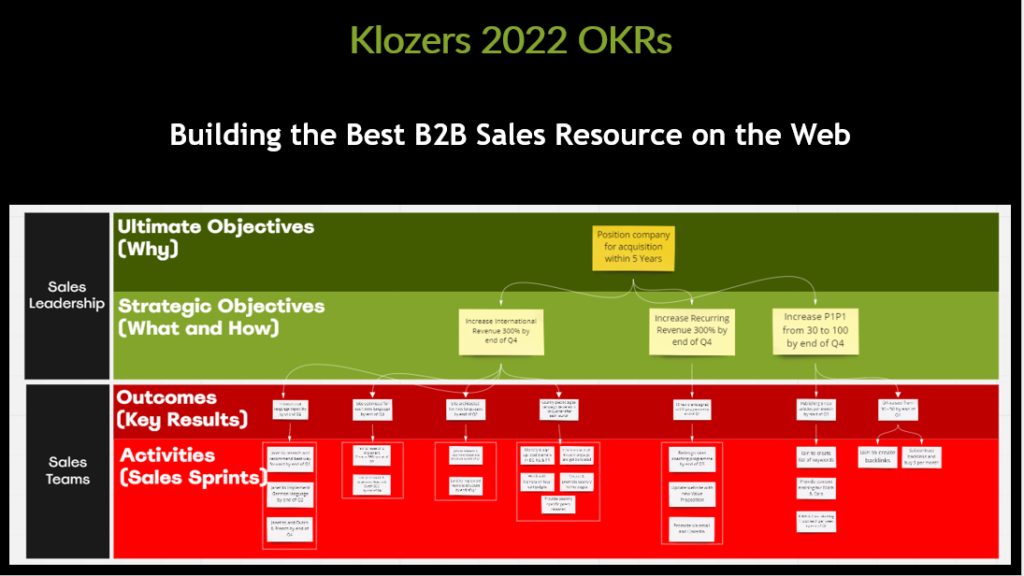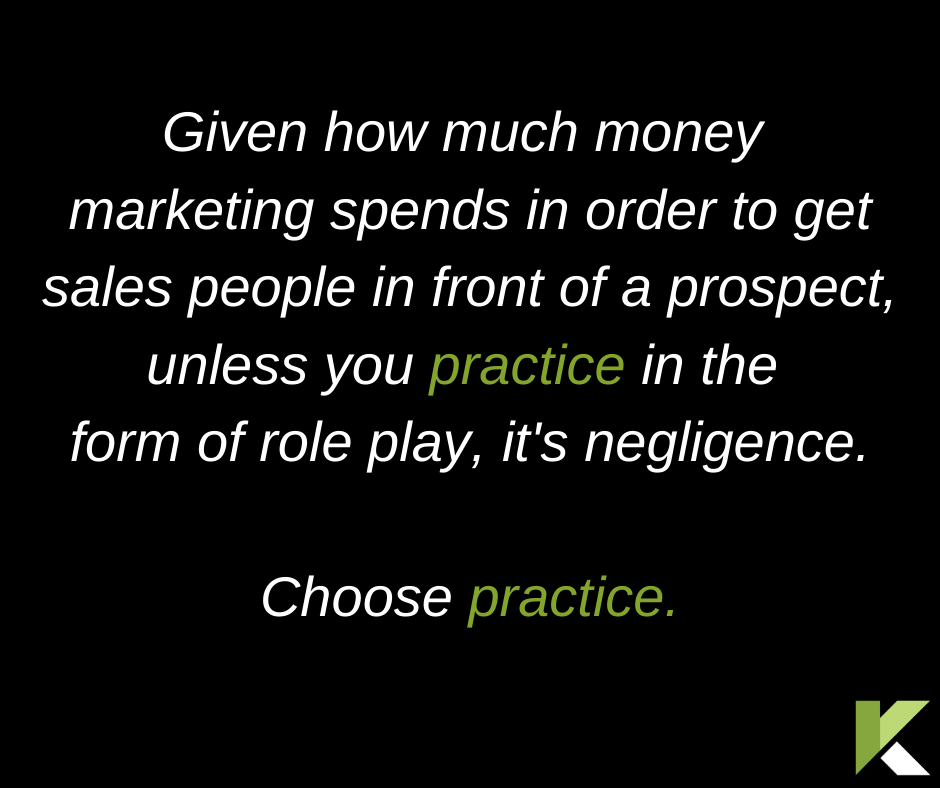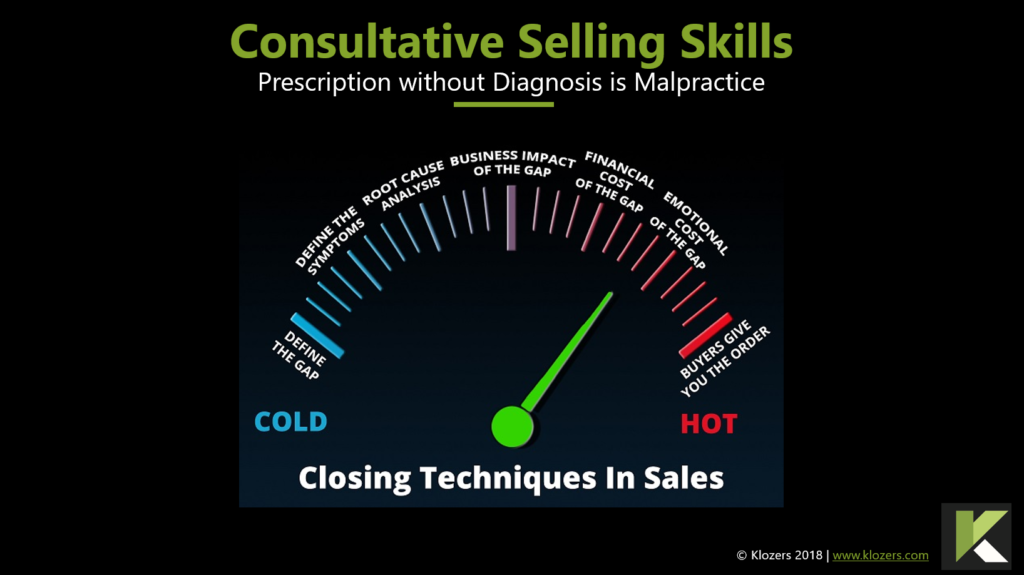LinkedIn Workshops | Kraken van de Code voor Social Selling
Linkedin workshops - Top Vraag van Google
Wat is een LinkedIn Workshop
Een LinkedIn workshop is een training die mensen leert hoe ze LinkedIn effectief kunnen gebruiken. Dit zou onderwerpen kunnen omvatten zoals een sterk profiel maken, netwerken met anderen en LinkedIn gebruiken om vacatures te vinden.
Een LinkedIn workshop kan aangeboden worden door een professionele trainingsorganisatie, een hogeschool of universiteit, of een bedrijf dat sociale media training geeft. Het kan persoonlijk of online worden gehouden, en het kan een enkele sessie of een reeks sessies zijn. Het doel van een LinkedIn workshop is om deelnemers te leren hoe ze LinkedIn in hun voordeel kunnen gebruiken in hun professionele leven.
In dit artikel zullen we behandelen...
Er is een nieuwe manier om omzetgroei te realiseren...
Koop geen verkooptraining voordat je deze video hebt bekeken…
1. LinkedIn Workshops - Introductie
In het huidige digitale tijdperk is social selling relevanter dan ooit. Het gaat over het verbinden en interageren met klanten op sociale medianetwerken en LinkedIn is de vader van allemaal. LinkedIn is een platform met 720 miljoen B2B beslissers dat bedrijven helpt professionele relaties te vinden en te creëren.
Hoewel LinkedIn oorspronkelijk ontworpen werd als een zoekplatform voor rekruteerders, is het nu de thuisbasis van social selling en business development op het web.
Via onze LinkedIn training workshops leer je alle strategieën en tools om precies jouw doelpubliek aan te spreken. Je zult ook LinkedIn-specifieke functies begrijpen om professionele connecties te ontwikkelen en zowel je persoonlijke aanwezigheid als die van je bedrijf op het platform uit te bouwen.
In deze post bespreken we de basisprincipes van sociale verkoop op LinkedIn en hoe je het goed aanpakt.
Voor meer informatie over LinkedIn training workshops en hoe je een workshop kunt boeken, kun je terecht op de Boek een Gesprek pagina.
2. Maak een professioneel LinkedIn profiel aan
Je persoonlijke LinkedIn profiel is zoals de landingspagina van een website. Het laat niet alleen je persoonlijke merk zien, maar genereert ook leads en nieuwe klanten voor je. Je LinkedIn profiel kan gevonden worden door zowel bestaande connecties als potentiële klanten, die zo hun due diligence kunnen voltooien voordat ze contact met je opnemen.
LinkedIn biedt een handige wizard bij het aanmelden om je te helpen je professionele profiel te vervolledigen. Zorg ervoor dat je verder gaat dan alleen het toevoegen van je expertise en voeg details toe over je professionele kennis en interesses.

3. Bouw aan je professionele netwerk
De meeste mensen op LinkedIn verbinden zich gewoon met potentiële nieuwe klanten en vergeten dan om relaties op te bouwen.
LinkedIn is een zakelijk netwerkplatform, dus nadat je contact hebt gelegd met prospects moet je met hen blijven interageren (niet aan hen verkopen).
Hoe doe je dit? De basis is eenvoudig – Like, Deel en Reageer op hun inhoud.
De realiteit is dat hoe harder je probeert aan iemand te verkopen, hoe meer ze zich tegen je zullen verzetten, vooral op LinkedIn.
4. Interactie, interactie en nog eens interactie
De meeste mensen zijn onzeker over de beste manier om leads te genereren en nieuwe business te winnen op LinkedIn.
De gemakkelijkste manier om dit uit te leggen is LinkedIn te behandelen zoals traditioneel netwerken in levende lijve – als je het niet in levende lijve zou zeggen of doen, doe het dan ook niet online.
Niet interageren op LinkedIn is zoals naar een traditioneel netwerkevenement gaan en dan de hele namiddag in de vestiaire zitten.
Eens je je Ideale Klantenprofiel gerelateerd hebt aan je doelpubliek op LinkedIn, moet je met hen interageren.
Netwerk met collega-professionals en potentiële nieuwe klanten en like, becommentarieer en deel hun inhoud.
5. Focus op geweldige inhoud
Je marketingteam zou al inzichtelijke content moeten delen via je bedrijfspagina op LinkedIn.
Je moet dit dus opnieuw posten en je eigen persoonlijke inzichten en tips toevoegen.
Vermijd het delen van te veel verkoopcontent over je producten en diensten en concentreer je in plaats daarvan op branchecontent die educatief is en je bedrijf positioneert als de materiedeskundige.
Wij adviseren niet meer dan één stuk verkoopinhoud per drie berichten en minimaal één stuk verkoopinhoud per vijf berichten.
Als je geen eigen inhoud hebt, kun je inhoud van andere sites cureren en inhoud van je eigen connecties delen.
6. Technieken voor sociaal verkopen - eerst serveren dan verkopen
In overeenstemming met Emersons wet van compensatie op LinkedIn, winnen gevers.
Prospects zullen pas van je kopen als ze je kennen, aardig vinden en vertrouwen. Als je wilt dat prospects je vertrouwen, moet je eerst waarde geven. Het LinkedIn platform is in wezen een digitaal marketingplatform waarmee je prospects en potentiële klanten kunt koesteren.
Ja, je kan een LinkedIn automatiseringstool kopen en wat wij noemen ‘verschroeide aarde’ campagnes voeren, maar deze tools beschadigen je persoonlijke en bedrijfsmerk en brengen je account in gevaar om afgesloten te worden omdat ze tegen de regels van LinkedIn zijn.
Je moet je er ook van bewust zijn dat wanneer andere gebruikers je op LinkedIn blokkeren, je voor het leven geblokkeerd bent, niet alleen zolang je in je huidige functie werkzaam bent. Dit maakt succes in toekomstige banen veel moeilijker.
7. Maak een inhoudsschema
Regelmatig inhoud posten is een geweldige manier om je bedrijf op LinkedIn te positioneren en een contentschema is een belangrijk onderdeel van je planning.
Uit onze eigen ervaring blijkt dat je maximaal 1 keer per dag content moet posten voor nationale merken en 2 keer per dag voor internationale merken om rekening te houden met de tijdsverschillen.
Het minimum dat we je aanraden om LinkedIn te gebruiken om inhoud te posten om succesvol te zijn is twee keer per week.
Volgens onderzoek van Hubspot zijn de beste tijden om je sales en marketing content op LinkedIn te plaatsen:
Tussen 12.00 – 15.00 uur, 15.00 – 18.00 uur of 18.00 – 21.00 uur.
Woensdag, zaterdag en zondag.
8. Een fundering bouwen
Vanuit het oogpunt van bedrijfsontwikkeling werken je tactieken op de korte termijn mogelijk niet, tenzij je al een sterke aanwezigheid hebt in sociale media.
Zie LinkedIn als een mini-website waar je relevante informatie plaatst. Die informatie is als zaadjes en om daar voordeel uit te halen, moet je ze eerst regelmatig voeden en verzorgen.
Zaai geen zaadjes en verwacht de volgende dag een oogst. Waarom zouden potentiële klanten vanaf het begin zaken met je doen? Deel inhoud die uitlegt waarom.

9. Evalueren wat werkt
LinkedIn is een bewegende doelpaal en wat werkt kan veranderen. Naast het type marketingcontent dat je plaatst, moet je ook het type content evalueren. Short Form vs Long Form, Video vs tekst, Carrousel vs .PDF en Polls. Het zal je verbazen hoe verschillend de resultaten kunnen zijn.
Prestaties vergelijken met een post met één afbeelding en tekst:
Document posts krijgen 2,2 tot 3,4x meer bereik
Polls krijgen 2,1 tot 2,9x meer bereik
Carrousel posts krijgen 1,8 tot 2,3x meer bereik
Tekst en meerdere afbeeldingen (montage) krijgen 1,2 tot 1,6 keer meer bereik.
10. Trainingsformaat
Als bedrijf geloven we in werkgebaseerd leren. Deze manier van lesgeven is erop gericht leerlingen uit het klaslokaal te halen en te laten leren door te doen.
Onze LinkedIn training is ontworpen rond jouw leerprioriteiten en waar mogelijk passen we de inhoud van de training aan jouw behoeften aan. Eerder dan op theorie gebaseerd, biedt elke workshop een praktische aanpak over hoe LinkedIn te gebruiken.
Elke training wordt persoonlijk gegeven, of op afstand online via een workshop van een dag of een halve dag.
11. LinkedIn Workshops
Klozers geeft LinkedIn training workshops zowel in persoon als op afstand online. Onze LinkedIn training geeft je team de uitgebreide training die ze nodig hebben om potentiële klanten te identificeren en met hen in contact te komen. en zo effectief mogelijk aan hen verkopen op een manier die geen spam is.
Onze Sales Trainers helpen je bij het ontwerpen en geven van trainingsworkshops op maat van je bedrijf.
Elke sessie zal voortbouwen op de bestaande kennis van je business development team en hoe zij LinkedIn gebruiken. Wij bieden voortdurende ondersteuning voor uw mensen en uw leiderschapsteam om ervoor te zorgen dat u in contact komt en praat met meer potentiële nieuwe klanten en echte verkoop en inkomsten genereert.
Als je geïnteresseerd bent en meer wil weten over onze LinkedIn Training, dan kan je hier een afspraak maken met één van onze LinkedIn training specialisten.
“Een fantastische leerervaring”
Amanda – Account Manager









